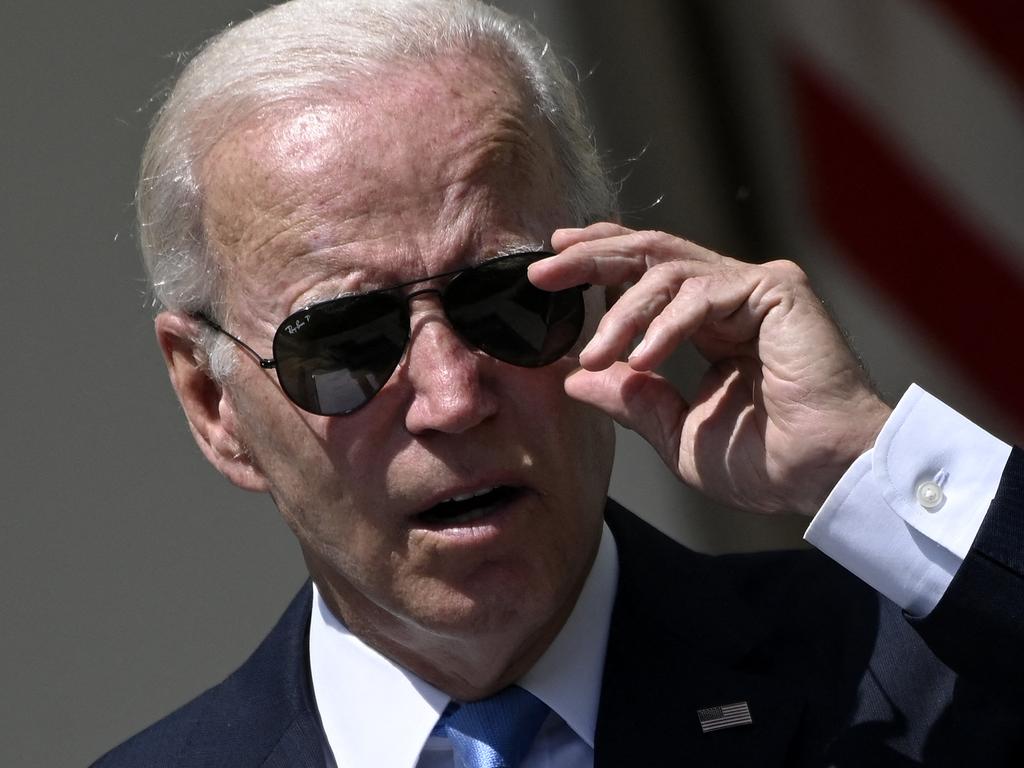US Federal Reserve has ‘fingers crossed’ it has done enough to halt rampaging inflation
The Fed’s reassuring comments on interest rates and the economy boosted risk assets even as the world’s most powerful central bank delivered another large interest rate hike on cue.

The Fed’s reassuring comments on interest rates and the economy boosted risk assets even as the world’s most powerful central bank delivered another large interest rate hike on cue.
As usual, the move was well telegraphed in advance, so a “buy on fact” reaction was on the cards.
The Federal Open Market Committee’s statement and Fed chair Jay Powell’s press conference comments were designed to elicit a bullish reaction by giving the impression that the central bank will soon be able to stop lifting rates and start cutting next year as the market now expects.
After tipping the S&P 500 to the cusp of a bear market, consolidation would be preferable.
Unfortunately for investors, monetary policy is more art than science.
Central banks don’t exactly know the economic impact of a certain amount of rate hikes.
In recent decades they have been good at making bigger bubbles to avoid lasting recessions.
But with inflation taking off and interest rates still relatively close to zero, central banks are perhaps more than ever attempting a delicate balancing act of reining in inflation by removing stimulus, without causing recessions that they won’t have much firepower to stop.
That bullish reaction may continue for a while, as it did in March. Or it might be erased the next day, as it was in May and June.
To be fair, the post-June FOMC meeting rally resumed the following week.
It has taken the S&P 500 to the cusp of a 10 per cent “correction” of the shallow bear market associated with the Federal Reserve’s monetary policy normalisation so far.
Confirmation of a so-called “technical recession” – defined as two consecutive quarters of negative economic growth – in June quarter GDP on Thursday won’t mean the US is actually in a recession in the true sense of the word.
It might actually be viewed by the market as “risk positive” because it could scare people enough to further rein in the demand that’s outstripping supply.
That would support current market pricing of “only” another 100 basis points of US rate hikes this year and 50 basis points of cuts in 2023, so markets could stay “risk-on” for another day.
The real test of nascent bullish market sentiment in the near term will come on Friday when the US personal consumption deflator – the Fed’s preferred measure of inflation – is released.
The core PCE deflator is expected to remain at 4.7 per cent year on year. But any move back up toward the four-decade high of 5.3 per cent would be sure to upset the bulls.
Powell also noted the importance of the June quarter Employment Cost Index data due on Friday since slower wage growth is essential to get inflation down to its 2 per cent target.
As the FOMC statement said: “Recent indicators of spending and production have softened.”
And as Mr Powell said, the Fed is “getting closer to where we need to be” after front-loading hikes and “at some point it will be appropriate to slow down”.
“While another unusually large increase could be appropriate at our next meeting, that is a decision that will depend on the data we get between now and then,” Powell said.
“As the stance of monetary policy tightens further, it likely will become appropriate to slow the pace of increases while we assess how our cumulative policy adjustments are affecting the economy and inflation.”
Mr Powell also rejected the notion that the US was in a recession or needed a recession.
“We’re trying to do just the right amount,” he said.
“We’re not trying to have a recession and we don’t think we have to,” Powell told reporters.
“I do not think the US is currently in a recession.”
Of course the Fed has the ability to add to the post-GFC and post-pandemic bubble in asset prices by stopping rate hikes and quantitative tightening or pivoting back to rate cuts and quantitative easing despite high inflation if it really thought that a serious recession was locked in.
That would be a major buy signal for all risk assets globally. But that’s not what’s happening now.
This is a “fingers crossed that we have done enough” moment.
The reality is that inflation is still the number one problem for Joe Biden and therefore the Fed.







To join the conversation, please log in. Don't have an account? Register
Join the conversation, you are commenting as Logout